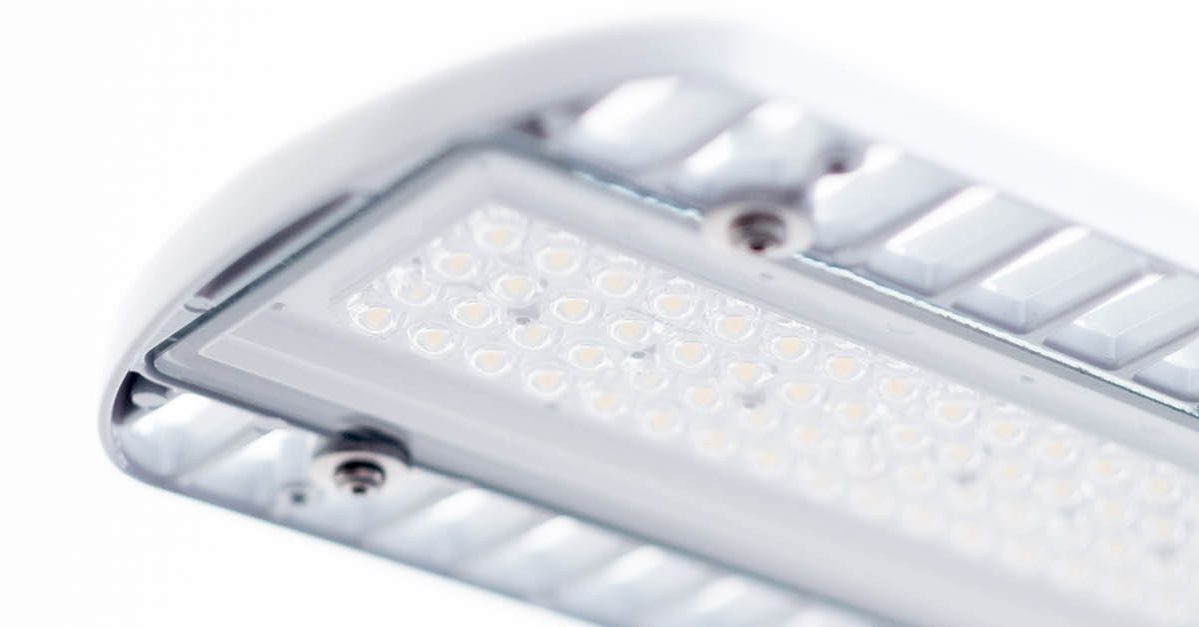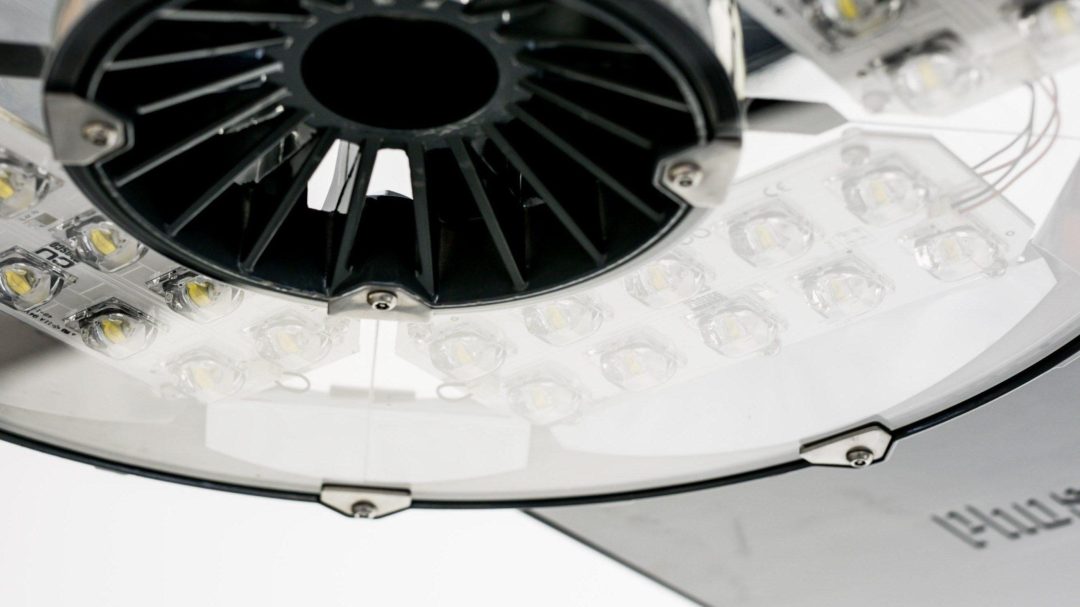In the first blog of this series, we traced the evolution of LED lighting and CU Phosco’s role in this transformation. In this second blog, we delve into a transformative chapter in lighting history: the monumental shift from the earliest mercury vapour and sodium discharge lighting to LEDs, and how this pivot revolutionised the industry, opening a world of innovation and possibilities.
The Evolution of Lighting Systems
Before the dominance of LED lighting, the lighting industry witnessed the development of various technologies, each representing a significant step forward:
- Gas Lighting (1800s): The first major leap in street lighting came with gas lighting. In 1806, the Philips and Lee factory and part of Chapel Street in Salford, Lancashire, were the first in the world to be lit by gas. By the mid-19th century, gas lighting was widespread across the UK, transforming cityscapes with brighter, more reliable light than oil lamps. However, it required manual operation and significant maintenance, paving the way for electric innovations.
- Mercury Vapour (1900’s): One of the earliest forms of electric discharge lighting, offering better efficiency than incandescent bulbs but with poor colour rendering.
- Low-Pressure Sodium (1930’s): Known for exceptional energy efficiency, LPS lamps emitted a monochromatic yellow light that severely limited colour differentiation.
- High-Pressure Sodium (1950’s): An improvement over LPS, HPS lamps provided a broader light spectrum while maintaining efficiency.
- Quartz Metal Halide (1960’s): Offered better colour rendering and higher efficiency, making it suitable for applications requiring higher-quality light.
- Compact Fluorescent (1970’s): A smaller, more efficient alternative to traditional fluorescents, popular in residential and commercial settings.
- Ceramic Metal-Halide (1990’s): Improved upon quartz metal halide by delivering better colour stability and efficiency.
The Era of Sodium Discharge Lighting
For decades, sodium discharge lamps – both low-pressure (LPS) and high-pressure (HPS) variants – dominated street and industrial lighting. These systems were valued for their high energy efficiency and long operational life, qualities that made them the gold standard across all applications. However, they came with significant limitations:
- Monochromatic Light: LPS lamps produced a distinct yellow light, which, while efficient, severely compromised colour rendering. HPS systems offered a slightly broader spectrum but still fell short of natural light quality.
- Start-Up Time: Sodium discharge lamps required a warm-up period before achieving full brightness, which was less than ideal for dynamic lighting needs.
- Maintenance Costs: Though durable, these systems demanded regular maintenance, especially in large-scale deployments.
As businesses and the world became more conscious of sustainability and the importance of adaptive lighting systems, the need for a better solution grew increasingly clear. Enter LEDs.
The Leap to LED Lighting
The transition to LED technology marked a paradigm shift. Unlike their sodium discharge predecessors, LEDs offered a host of advantages that redefined expectations for lighting performance:
- Energy Efficiency: LEDs took energy savings to a new level, consuming up to 50% less power than HPS systems while delivering equivalent or superior illumination.
- Improved Light Quality: With customisable colour temperatures and high Colour Rendering Index (CRI) ratings, LEDs provided clearer, more natural lighting. This dramatically improved visibility and aesthetics in urban environments.
- Instant Illumination: LEDs eliminated the warm-up time, providing immediate, consistent brightness upon activation.
- Durability and Longevity: With lifespans often exceeding 50,000 hours, LEDs reduced maintenance demands and associated costs.
- Control Capabilities: The digital nature of LEDs enabled advanced features such as dimming, colour tuning, and integration with smart control systems, paving the way for adaptive lighting solutions tailored to specific needs.
A Race for Better LEDs
The switch from sodium discharge to LED lighting not only solved existing problems but also unleashed an industry-wide race for continuous improvement. Manufacturers began to push the boundaries of what LEDs could achieve:
- Higher Efficiency: Research focused on developing LEDs with greater luminous efficacy, squeezing more lumens out of every watt.
- Enhanced Durability: Innovations in materials and design improved resistance to environmental factors, making LEDs suitable for harsher conditions.
- Smart Integration: The rise of the Internet of Things (IoT) accelerated the development of connected lighting systems, enabling features like automated dimming, daylight harvesting, and remote monitoring.
A New Era of Possibilities
The transition to LED lighting was not merely a technological upgrade; it represented a reimagining of what lighting could achieve. Cities illuminated by LEDs became safer, more inviting, and more energy-efficient.
Industrial spaces enjoyed enhanced productivity and reduced operational costs. And for designers, the flexibility of LEDs opened doors to creative applications previously thought impossible.
Looking Ahead
As we reflect on this shift from sodium discharge to LED lighting, it’s clear that we are only scratching the surface of LED’s potential.
Stay tuned for the next step in our journey as we look to the future, and continue to shed light on the incredible evolution of LEDs.

